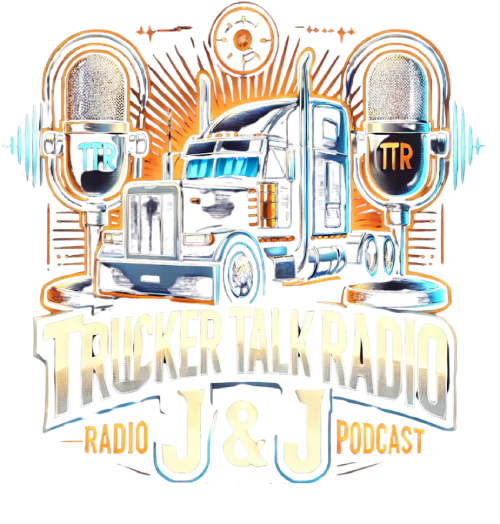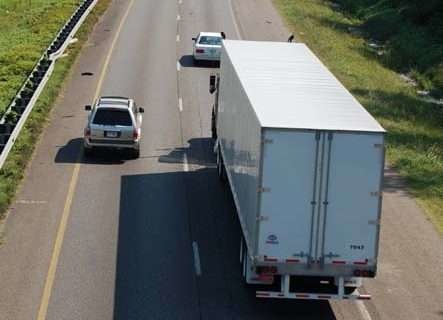Trucking updates and briefs for Monday, May 16, 2022:
FMCSA Informs Congress: Insurance Industry Hindering Increased Requirements
This month, the Federal Motor Carrier Safety Administration (FMCSA) presented a report to Congress highlighting that the lack of transparency within the insurance industry is a key factor preventing the agency from backing an increase to the $750,000 liability insurance requirement for motor carriers, brokers, and freight forwarders.
The report comes as part of a series of documents issued over nearly a decade, stemming from a mandate in the 2012 MAP-21 highway bill that required FMCSA to study the issue.
FMCSA pointed out that the minimum insurance levels for carriers were established in the 1980s, while medical and related costs stemming from “catastrophic crashes” have risen sharply. Although such incidents are infrequent, the agency noted that the financial repercussions from property damage, injuries, and fatalities can often surpass the minimum insurance requirements.
However, the FMCSA stated that essential data to evaluate the current insurance requirements is largely inaccessible, as many lawsuits are resolved privately and are protected by non-disclosure agreements. Furthermore, the agency pointed out that a significant amount of data from insurance companies is considered proprietary.
FMCSA mentioned in its report, “As a result, we can only offer a limited evaluation concerning the adequacy of the financial responsibility requirements for motor carriers at this moment.” The agency emphasized that it needs access to more comprehensive information from the insurance sector, including anonymized claims data, to properly assess these requirements.
The agency has expressed difficulty in acquiring the necessary data, despite attempts leveraging existing legal powers and requests for voluntary information from the insurance industry.
NFI Deploys Electric Truck for Puma
Puma, a sports apparel brand, has begun using a fully electric truck to transport goods from the Port of Los Angeles to its warehouse in Torrance, California. This initiative is part of the company’s broader objective to decrease carbon emissions across its operations.
The Freightliner eCascadia truck, employed by Puma’s drayage partner NFI (ranked No. 21 in CCJ Top 250), serves as the initial test unit. By the third quarter of 2022, Puma plans to have five electric trucks in service for shipping goods from the port to its warehouse.
Utilizing electric trucks for transportation is a crucial step in Puma’s mission to reduce carbon emissions throughout its operations. Recently, the company revealed it had achieved an 88% reduction in its carbon emissions and those from purchased energy between 2017 and 2021. Additionally, emissions within the company’s supply chain, which is typically the most carbon-heavy aspect, also declined despite robust revenue growth during that time.
John Amato, Senior Vice President at NFI, remarked, “While electric vehicles for personal use are prevalent, electric trucking is just beginning to gain traction. We are thrilled that Puma is collaborating with us on this project and integrating this innovative technology into its daily operations.”
Last of Weight Restrictions Lifted in Michigan
As of 6 a.m. on Friday, May 13, the Michigan Department of Transportation has removed weight restrictions on all state trunkline highways across the state. These state routes are generally marked by M, I, or US identifiers.
The weight restrictions had been enforced during the spring thaw period and have now concluded for the 2022 season.
County road commissions and municipal public works departments often implement their own seasonal weight restrictions, which may not always align with state highway rules. Usually, signs are displayed to inform drivers of any active weight restrictions on specific routes.


